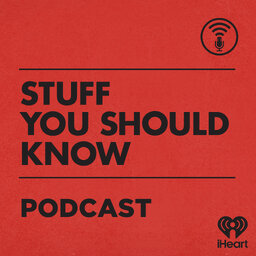How Sign Language Works
It wasn't until the was developed and despite its co-existence alongside English, a user would be hard-pressed to sign with a British person. Find out about the independent evolution of sign language in the U.S. and how intuitively sensible it is.
Learn more about your ad-choices at https://www.iheartpodcastnetwork.com
 Stuff You Should Know
Stuff You Should Know


